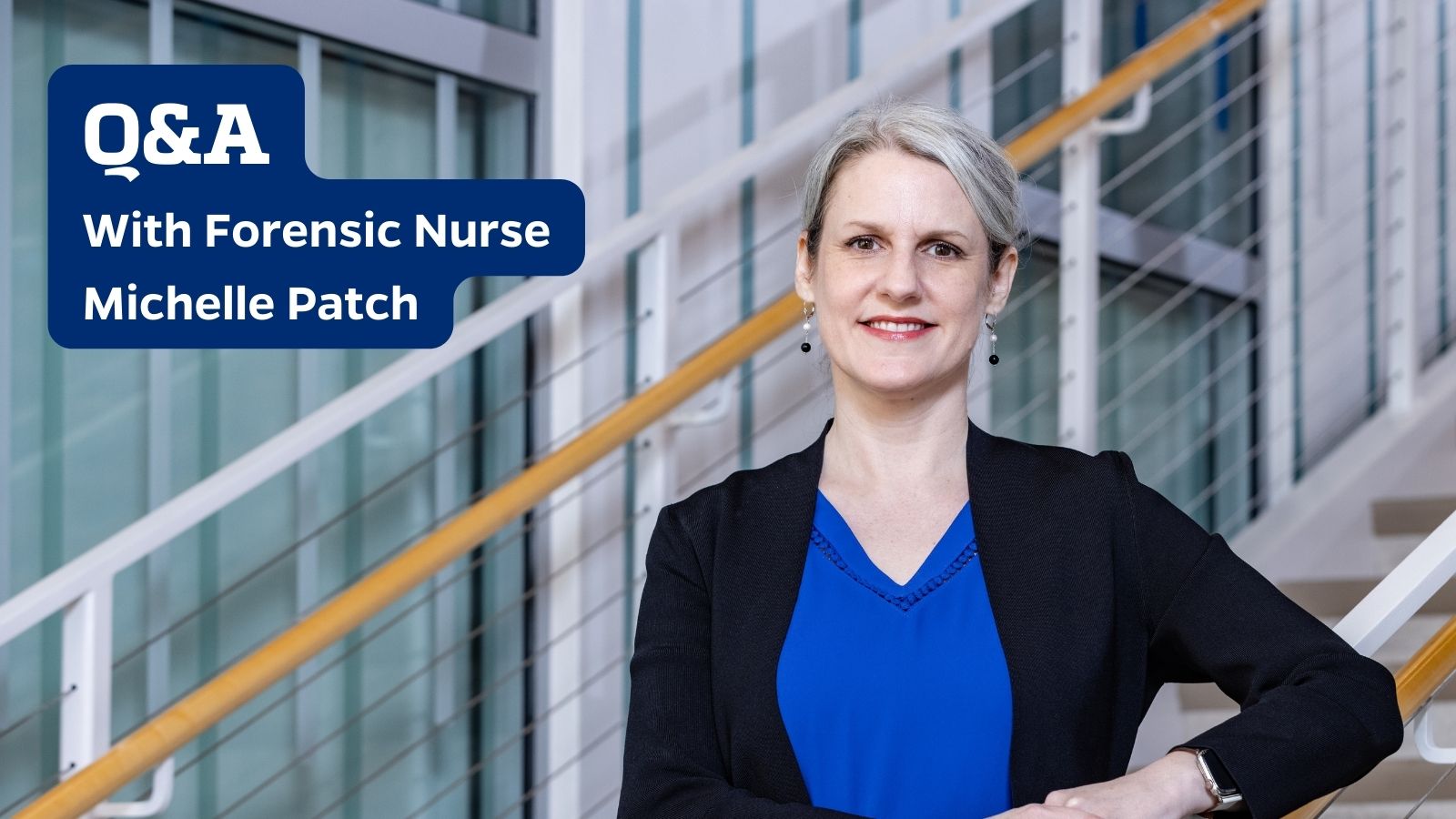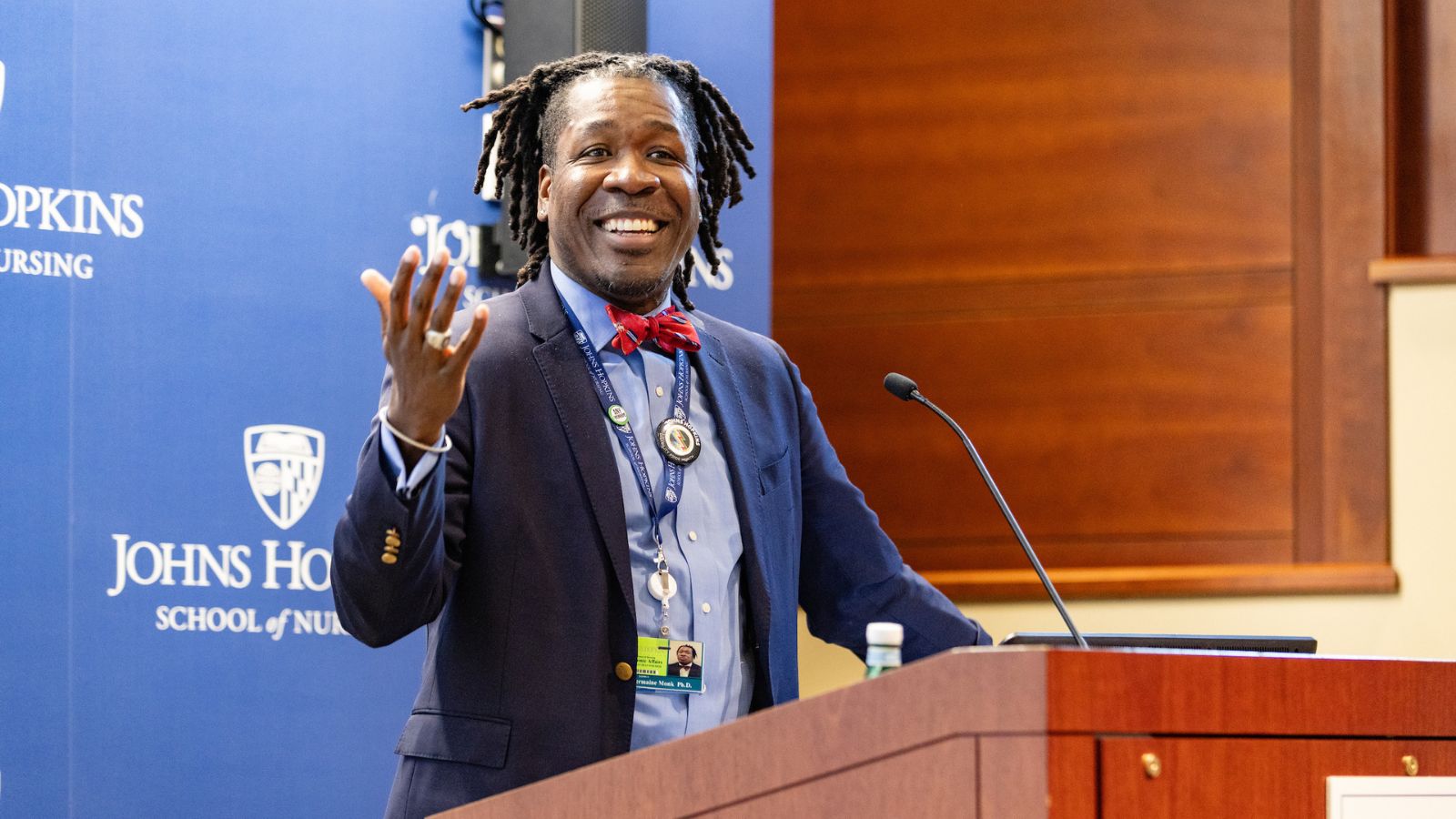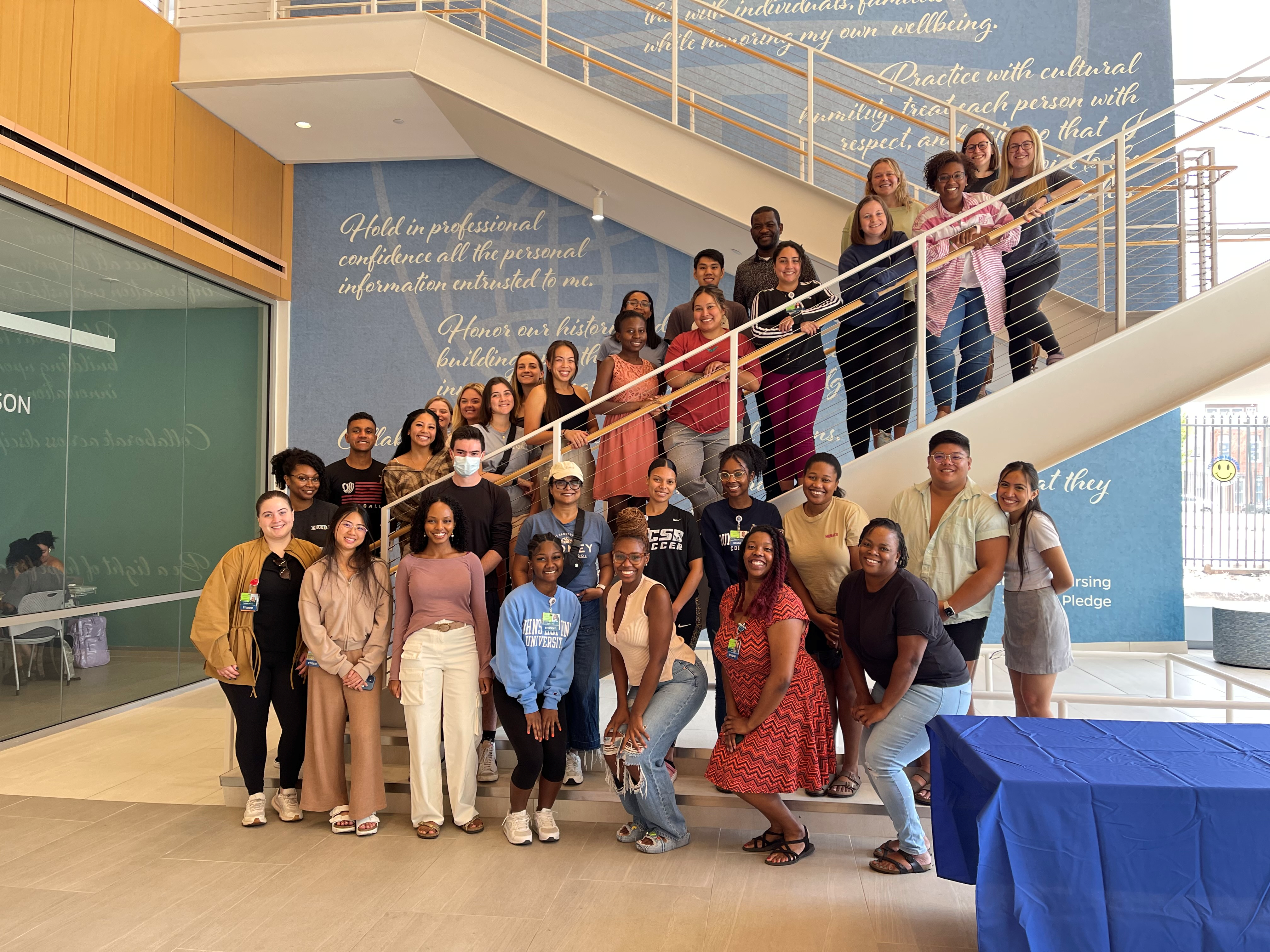Staff and Setting
The Gressier clinic has a staff of two Haitian physicians, three Haitian nurses, two Haitian nursing students, and 2 other staff who register patients and assist in various ways. In addition, 2 of us from IMC, Dr. Joel from Chicago and myself, supplement the staffing. We bring 6 big boxes of medicines, supplies, and equipment with us each day, since there is no place to keep items secure during the night. The building is not secure at this point. We would like to work inside but the Haitians are very worried about the stability of the building so we are waiting for it to be evaluated by Haitian engineers. Meanwhile, we see patients outside under a couple of trees, moving every couple of hours as the sun moves in the sky. We all try to avoid being in the direct sun, especially me.
Patient mix and diagnoses
 Adults and children walk in from the surrounding area. I have seen a 6-day-old baby, another baby born the day of the earthquake, many infants and young children, their parents and a few elderly. We see 200 to 300 patients per day. The nurses and Dr. Joel spend the first 2 or 3 hours doing wound care. There are still many people who have huge wounds from earthquake injuries, some post infection, some look like healing burns. A few of the children cry in pain as their dressings are removed and wounds are dressed. The nurses hang gauze and Lactated Ringers from the tree for the wound care. The patients lay on a table or sit in a straw seat chair. It is quite a production.
Adults and children walk in from the surrounding area. I have seen a 6-day-old baby, another baby born the day of the earthquake, many infants and young children, their parents and a few elderly. We see 200 to 300 patients per day. The nurses and Dr. Joel spend the first 2 or 3 hours doing wound care. There are still many people who have huge wounds from earthquake injuries, some post infection, some look like healing burns. A few of the children cry in pain as their dressings are removed and wounds are dressed. The nurses hang gauze and Lactated Ringers from the tree for the wound care. The patients lay on a table or sit in a straw seat chair. It is quite a production.
Besides wound care, the patients come to us with mostly general primary care issues, such as fever, headaches, abdominal diarrhea, hypertension, fatigue and shortness of breath, aches and pains. We’ve also seen some new injuries, as people are now trying to clean areas, build better tent dwellings, etc. So we have had new lacerations to suture, as well as the old. Some of our most frequent diagnoses are severe anemia, intestinal worms, insomnia (not surprising given the sleeping conditions and the facts of life this past month), tinea capitus, acute gastroenteritis, vaginal candidiasis, impetigo, and acid indigestion. We have also confirmed several patients with malaria, some children with acute pneumonia, and referred some others with TB and suspected HIV.
Breastfeeding
I have counselled many mothers to continue breastfeeding their babies. Several have told us that they believe their milk is bad since the earthquake. Now we have infants suffering from diarrhea, as they are being fed foods and drink other than breast milk. With the difficulty finding clean water in Haiti, and the near impossible chance of mixing formula or dry milk powder in a clean bottle with clean water, breastfeeding is truly life saving for babies. So we educate and encourage. “Breast milk is the best food for your baby.” “Breastfeed to keep him strong and healthy.” “Breast milk is the best medicine.” We hope the message is heard for the improved survival of infants and young children here. The odds are tough for these little ones.
and drink other than breast milk. With the difficulty finding clean water in Haiti, and the near impossible chance of mixing formula or dry milk powder in a clean bottle with clean water, breastfeeding is truly life saving for babies. So we educate and encourage. “Breast milk is the best food for your baby.” “Breastfeed to keep him strong and healthy.” “Breast milk is the best medicine.” We hope the message is heard for the improved survival of infants and young children here. The odds are tough for these little ones.
People also come to us with more random issues. A 35-year-old man came with a limp that he said began with the earthquake. We sent him for an X-ray, which showed Legg Perthes disease that he likely has had for years. No doubt he feels the limp more now since the earthquake but it is clearly not a new problem. Parents brought a 2-year-old in who has a colostomy because he was born without an anal opening. They would like us to operate to fix it all. Another mother brought a 3-year-old who does not walk or talk. She requested some surgery or medicine to cure this developmental delay. I had to explain the hard facts about our limitations, and give them encouragement to involve the child in daily life as much as possible. When they see a clinic with foreigner staff, people sometimes think that miracles can happen. Unfortunately, that is often not true.
So the acute post-earthquake conditions with broken bones and severe injuries has evolved into primary care plus continued care of the old injuries. One man came in with arm pain that he has had since the earthquake. His upper arm was out of alignment. We referred him for an Xray, suspecting that his humerus had broken when his house fell on him but without care it has healed poorly. It is possible that an orthopedic surgeon at the hospital will be able to repair it to be more functional.
Aftershocks
Generally, the patients wait quietly and patiently to be seen. Many have to stand or they sit on the ground, most without any water or food for the hours of waiting. Children rarely cry. In the midst of a quiet clinic day, the people suddenly cried out as a group and ran into the street. They had felt and heard an aftershock. This happened three times that day, February 6. There is a lot of continued fear with each aftershock. Confirms that people will be staying outside, sleeping in various and sundry tents, for quite some time.
 Forging Policy: How Can Doulas Improve Black Maternal Health?
Forging Policy: How Can Doulas Improve Black Maternal Health? Q & A With Forensic Nurse, Michelle Patch
Q & A With Forensic Nurse, Michelle Patch Dr. Robert Atkins, Anna D. Wolf Endowed Professor
Dr. Robert Atkins, Anna D. Wolf Endowed Professor Forging Policy: Associate Dean Jermaine Monk and Education After Affirmative Action
Forging Policy: Associate Dean Jermaine Monk and Education After Affirmative Action The Learning Collaborative: ‘I Think I Can, I Think I Can …’
The Learning Collaborative: ‘I Think I Can, I Think I Can …’






